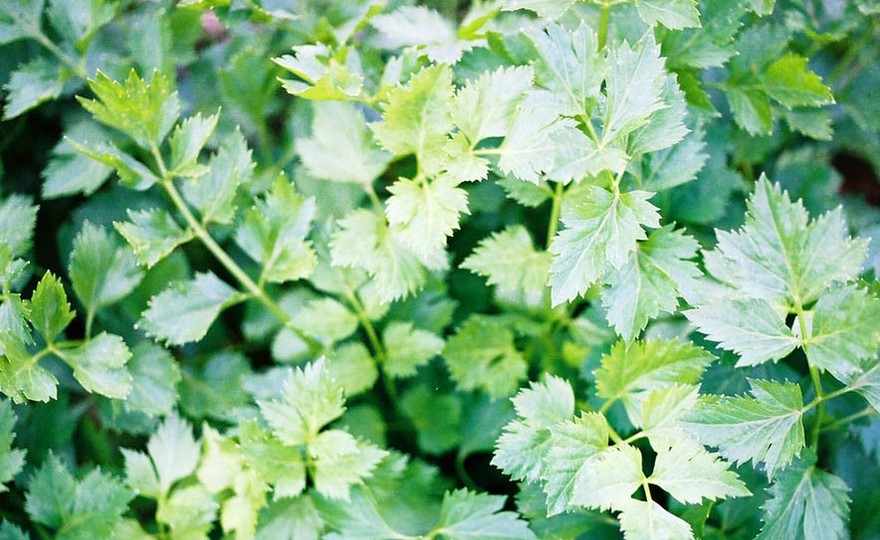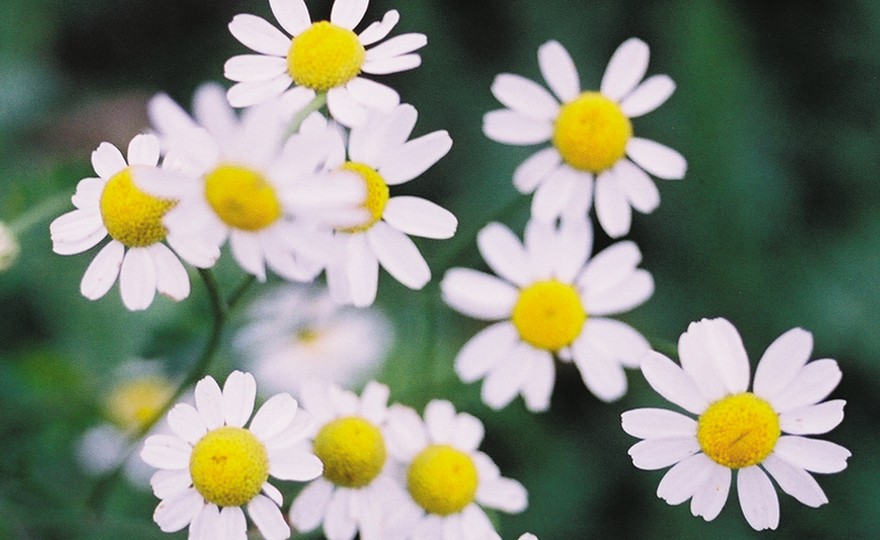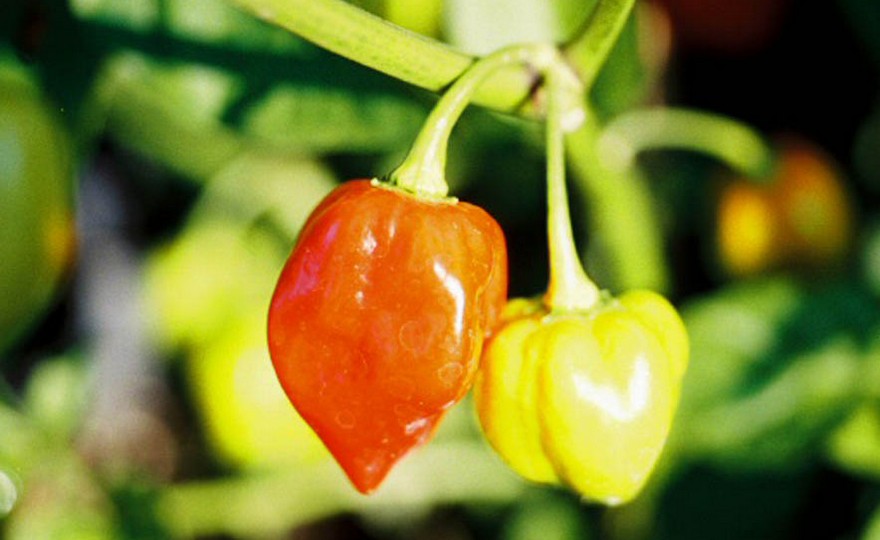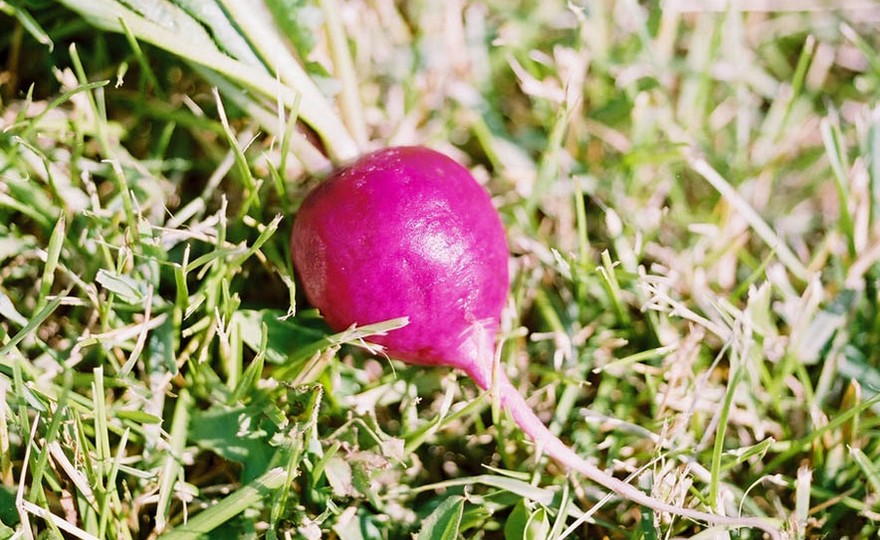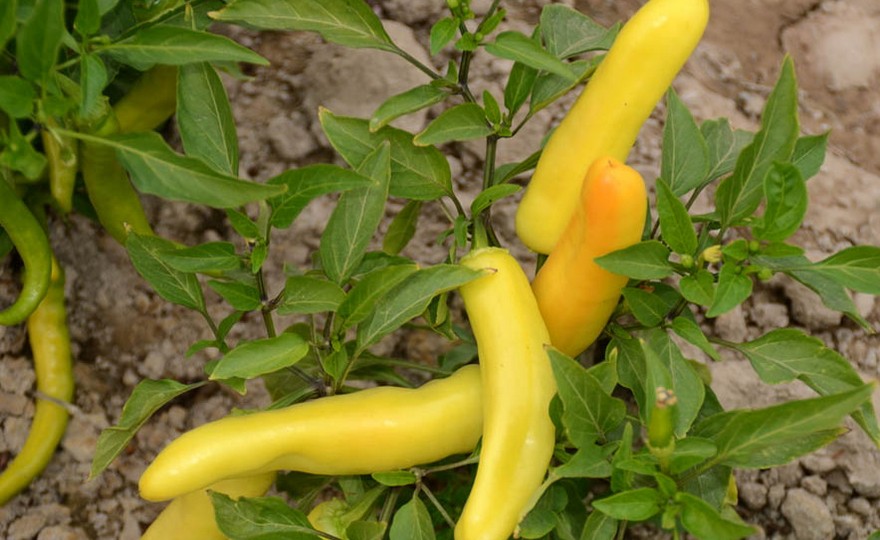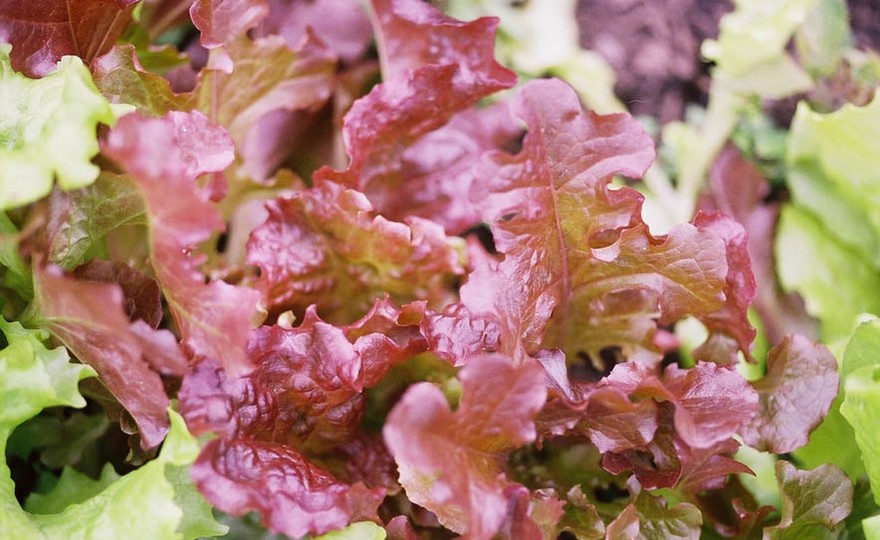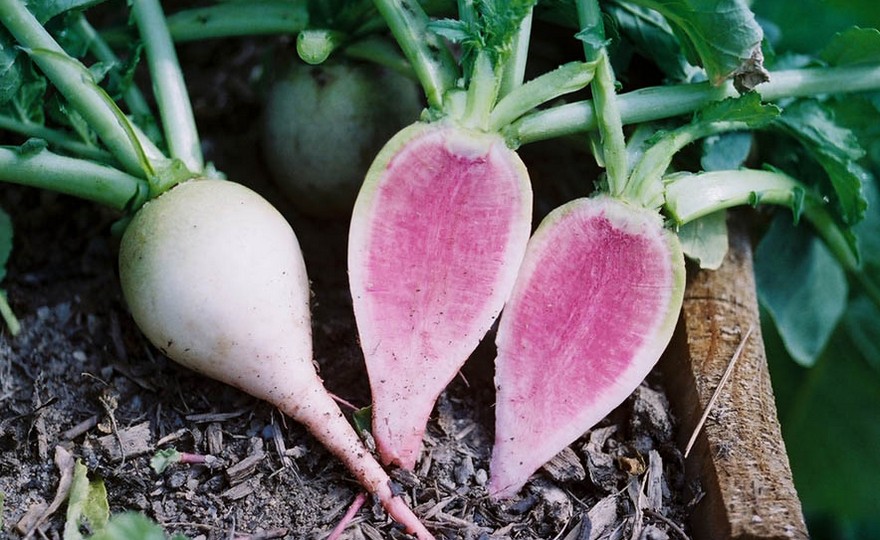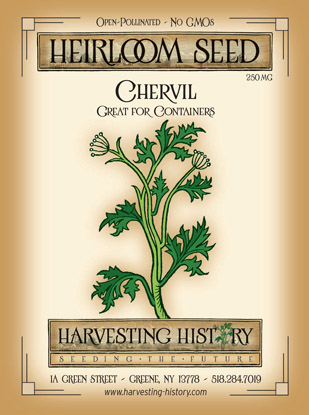
Herb, Chervil
-
- **SOLD OUT** HOLIDAY GIFTS **SOLD OUT**
- **SOLD OUT** Holiday Books **SOLD OUT**
- **SOLD OUT** Holiday Citrus **SOLD OUT**
- **SOLD OUT** Holiday Gift Certificates **SOLD OUT**
- **SOLD OUT** Holiday Paperwhites **SOLD OUT**
- **SOLD OUT** Holiday Praying Mantis Kits **SOLD OUT**
- **SOLD OUT** Holiday Tools **SOLD OUT**
- **SOLD OUT** Holiday Wildflower Mixtures **SOLD OUT**
- Citrus Trees
- **SOLD OUT** - Vegetable and Herb Plants - Mix & Match any 6 Plants for $50 - Only Shipped in Quantities of 6
- Elephant Ear Plants & Roots
- **SOLD OUT** 4-Inch Pot Herb Plants **SOLD OUT**
- Rare Plants
- **SOLD OUT** Vining Plants **SOLD OUT**
- Asian Seeds
- Beneficial Bugs
- Books
- Citrus Fertilizers
- Cold-Treated Bulbs - SEE BULBS FOR FALL PLANTING TO ORDER
- Cold-Treated Allium
- Cold-Treated Chionodoxa
- Cold-Treated Crocus
- Cold-Treated Hyacinthoides
- Cold-Treated Hyacinthus Orientalis
- Cold-Treated Narcissus
- Cold-Treated Cyclamineus Narcissus
- Cold-Treated Double Heirloom Narcissus
- Cold-Treated Jonquilla Narcissus
- Cold-Treated Large Cupped Narcissus
- Cold-Treated Poeticus Narcissus
- Cold-Treated Small Cupped Narcissus
- Cold-Treated Species Miniature Narcissus
- Cold-Treated Split Cupped Narcissus
- Cold-Treated Tazetta Narcissus
- Cold-Treated Triandus Narcissus
- Cold-Treated Trumpet Daffodils
- Cold-Treated Ornithogalum
- Cold-Treated Rock Garden Iris
- Cold-Treated Scilla
- Cold-Treated Tulips
- Cold-Treated Emperor Tulips
- Cold-Treated Fringed Tulips
- Cold-Treated Green or Viridiflora Tulips
- Cold-Treated Lily Flowering Tulips
- Cold-Treated Parrot Tulips
- Cold-Treated Peony Flowering Tulips
- Cold-Treated Single Early Tulips
- Cold-Treated Single Late Tulips
- Cold-Treated Species Tulips
- Cold-Treated Triumph Tulips
- Flower Bulbs, Corms and Tubers
- Bulbs for Spring Planting
- Bulbs for Fall Planting - ALL BULBS AVAILABLE ARE COLD TREATED FOR PLANTING AS SOON AS SOIL CAN BE WORKED
- Fall Blooming Bulbs
- Garden Tools & Equipment
- Gift Certificates
- HHH Exclusive Wildflower Mixtures
- Wildflower Mixtures
- Heirloom Garlic
- Potatoes
- Roots & Sets
- Seeds
- Flowers
- Herbs
- Vegetables
- **SOLD OUT** HOLIDAY GIFTS **SOLD OUT**
-
- No products to compare
-
Quick Overview
HERB, Chervil –
Anthriscus cerefolium
PARTIAL SHADE Native to Europe and Asia, Chervil was being cultivated before the Middle Ages. In the US, it began to be listed in seed catalogs in the 1800s. The 2 ft. plants produce fern-like leaves with a subtle flavor of anise and parsley. Plant in late spring after the danger of frost has passed and the soil has warmed to a depth of 6 in. or in the fall for growth the following year. Rows should be 18 in. apart. When seedlings are 2 in. high, thin, leaving 9-12 in. between plants. Harvest throughout the season by cutting leaves off the plants, aggressively.
| Type | Spacing | Planting Depth | Days to Germination | Maturity |
| Annual | 9-12 in. | 1/2 in. | 7-10 | 75 |

Herb, Chervil
Chervil has been peculiarly described as a “warm herb” because its fragrance and flavor stimulate the senses the way warmth does. Chervil is similar to the myrrh brought by the Wise Men to the baby Jesus. This link to the Holy Days and because chervil symbolizes new life, it was traditional to serve chervil soup on Maundy Thursday. During medieval times, chervil had a variety of uses, the most interesting of which was eating an entire plant to cure a bad case of the hiccups. It works and is still used today!
Chervil is most frequently used today as a seasoning for food. Along with parsley, thyme and tarragon, it is a member of the fines herbs of French cooking. When cooking with chervil, it should always be added at the end. Prolonged heating makes the leaves and stems bitter. Chervil is an excellent complement for eggs, carrots, spinach, sorrel, oysters, veal, corn cheese and peas.
Chervil is one of the few edible plants that grows well indoors. It does not need full sun so it can be grown in a pot in an east-facing window. Moderately rich soil with good drainage will produce a pot full of chervil in a few weeks.

